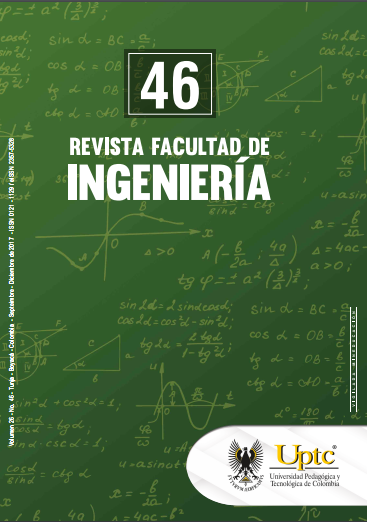Computer algorithm for comparing and ordering models based on indicators and user value

Abstract
Sometimes a list of models can be compared using a set of indicators, ordered by the user’s criterion, given that it is known whether the growth of the indicators value affect the user’s interests. This paper proposes a computational algorithm that compares models, assigning them a numerical value that corresponds to the priority given to each model indicator by the user. The proposed algorithm allows to rank the models as other known algorithms do, such as the vector space model; however, it takes into account user comparison priorities. When working with lineal functions, the margin of error in the algorithm calculations is null. The algorithm is validated by the software Ambiens v1.0, whose purpose is to manage the waste control information, showing relevant results in the comparison of models. The algorithm essence is the need to identify the best model of the group, according to the user’s criterion per indicator.Keywords
Algorithm, Comparison, Indicators, Models, Ordering
References
- J. Dalton, El atomismo en Química. Spain: Alicante University, 2012.
- H. R. Lezama, et al., “Logística Inversa: una alternativa para la gestión de productos fuera de uso (PFU),” Rev. Inter. La Nueva Gest. Org., vol. 9, pp. 13-23, 2010.
- M. Ortega, and J. Delgado, “Uso de algoritmos genéticos para resolver el modelo determinista y estocástico para el diseño de una red de recogida de residuos”, in International Conference on Industrial Engineering and Industrial Management, Madrid, Spain, 2007, pp. 1443-1451.
- E. Santibanez, G. Robson, et al., “Um Algoritmo evolucionário combinado com otimização para resolver o problema de projecto de uma supply chain de remanufatura,” in Anais XLIV Simpósio Brasileiro de Pesquisa Operacional. Rio de Janeiro, Brasil, 2012.
- P. Ruiz, “Implementación de un algoritmo metaheurístico para la solución de un problema de programación de transporte terrestre internacional,” M.S. Thesis, Universidad Nacional, Medellín, Colombia, 2013.
- M. P. Gato, et al., “Revisión de modelos de gestión de inventarios para repuestos reparables,” in 4th International Conference On Industrial Engineering and Industrial Management. Donostia San Sebastián, Spain, 2010, pp. 1329-1335.
- I. Konstantaras, “Optimal Control of Production and Remanufacturing in a Reverse Logistics Model with Backlogging,” Mathematical Problems in Engineering, vol. 2010. DOI: https://doi.org/10.1155/2010/320913
- S. R. Singh, and N. Saxena, “An Optimal Returned Policy for a Reverse Logistics Inventory Model with Backorders,” Advances in Decision Sciences, vol. 2012, 2012. DOI: https://doi.org/10.1155/2012/386598
- D. Schrady, “Mathematical models of the reparable item inventory system,” Naval Postgraduate School, Monterey, California, 1967.
- J. P. Sepúlveda, F. Baesler, and D. A. Núñez, “Benefits of using ad-hoc inventory management models in the presence of return flows,” Revista Facultad de Ingeniería Universidad de Antioquia, Medellín, Colombia, 2010, no. 55, pp. 210-218.
- M. Sierra, “Lógica Básica Paraconsistente y Paracompleta con Negación Clásica,” Revista Universidad EAFIT, vol. 38 (126), pp. 81-97, 2012.
- R. A. Mendoza, “Métodos de inferencia estadística para entrenamiento de modelos ocultos de Markov,” Elementos, vol. 1 (1), pp. 57-70, 2011. DOI: https://doi.org/10.15765/e.v1i1.191
- L. E. Vargas, “Cálculo de la distribución predictiva en un modelo Tar”, Master Thesis, Universidad Nacional de Colombia, Bogotá, Colombia, 2012.
- Y. C. Fonseca, “Recuperación de la información: taxonomía de sus modelos,” Revista Cubana de Ciencias Informáticas, vol. 6 (2), pp. 1-8, 2012.
Downloads
Download data is not yet available.